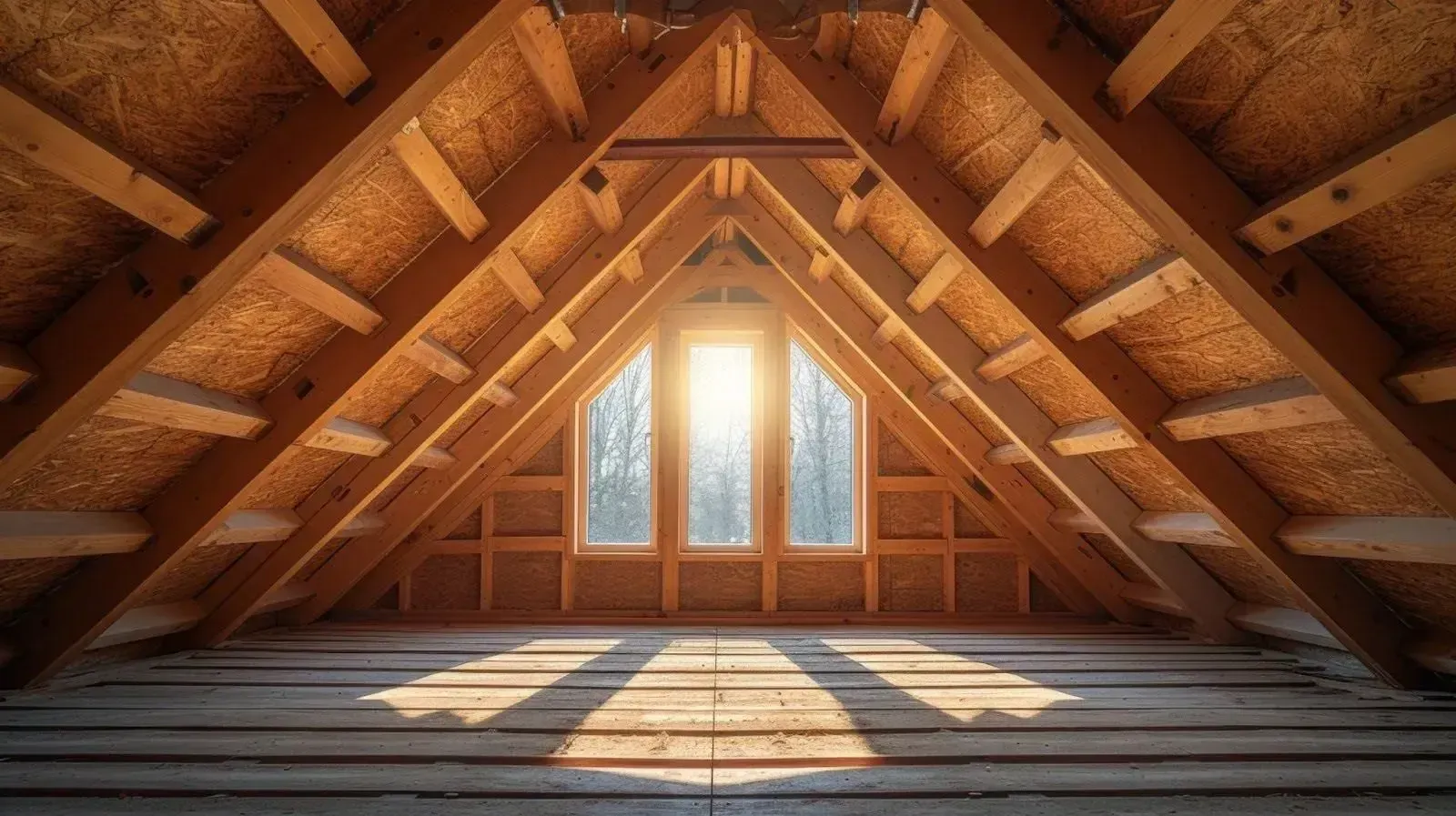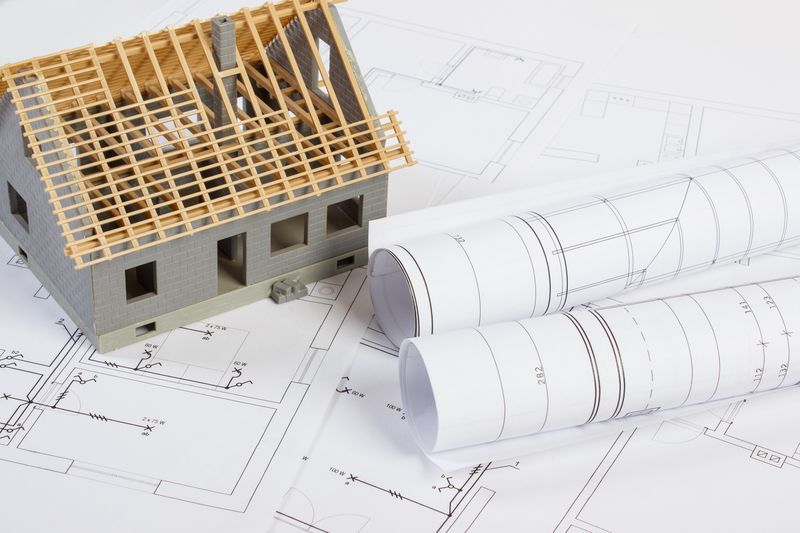Lumber Yard Evolution: From Traditional to Modern Innovation
Lumber yards have come a long way from simple depots storing rough timber to bustling centers of innovation. Today, they do more than just supply wood—they serve as hubs for advanced building materials, cutting-edge technology, and top-tier customer service. This transformation has unfolded over decades as the industry continually adapts to shifting market demands, emerging tools, and modern woodworking techniques. The result? Faster production times, higher quality standards, and broader product offerings for both professional builders and DIY enthusiasts.
The Traditional Beginnings
In the early 20th century, lumber yards primarily operated as straightforward distribution points. Workers used manual labor and basic hand tools to handle wood, often requiring considerable effort and time. These yards served a singular function: storing and selling lumber, with very little in the way of specialized services.
As local businesses became more dependent on a steady supply of timber, lumber yards took on an important community role. Families and small contractors alike visited them for home repairs, barn construction, and various woodworking projects. Because these facilities dealt with large volumes of heavy materials, efficient hauling equipment—usually horse-drawn or rudimentary trucks—was the key to a timely workflow. Despite the slower pace and fewer product options, these humble beginnings set the stage for the modern arena of lumber supply.
Technological Breakthroughs and Modern Methods
Over the decades, technological innovations revolutionized lumber yards. Mechanized saws replaced hand-operated equipment, making it easier to cut and shape large quantities of wood with improved accuracy. Advances in milling allowed for greater standardization in board dimensions, reducing the margin of error and waste. Contemporary sawmill operations have significantly decreased the amount of byproduct waste, thanks to more precise cutting machinery.
At the same time, there was a growing emphasis on refining the quality of products. The introduction of pressure-treated lumber made wood more durable and resistant to decay, increasing its suitability for outdoor projects such as decking and fencing. Other engineered wood products—including plywood and oriented strand board—emerged to meet the changing demands of builders. These innovations helped transform the yard from a basic distribution channel to a more specialized resource, stocked with an array of materials catering to different construction needs.
Enhancing Efficiency Through Digital Tools
The digital revolution has played a pivotal role in propelling lumber yards toward modern-day efficiency. Custom inventory management software, barcode scanning, and computer-assisted ordering systems have replaced outdated paper-based tracking methods. These advancements ensure that lumber yards can maintain accurate real-time stock counts, place timely orders, and better serve customers who often work on tight schedules.
Additionally, many lumber yards now provide online catalogs that allow customers to browse product offerings anytime, anywhere. Some even offer virtual design tools or project estimators, enabling builders to visualize their projects and generate cost estimates. This level of digital transformation not only streamlines the supply chain but also simplifies life for the end user—making it quicker and simpler to obtain exactly the type of lumber, finishing, or specialty product they need.
Specialized Service and Product Offerings
Modern lumber yards often serve as comprehensive one-stop shops by expanding beyond basic wood products. Customers turn to them for cutting, milling, and custom finishing services, eliminating the complications of sourcing different parts of a job from multiple suppliers. With specialized additives, finishes, and treated products now available, lumber yards can cater to a variety of unique projects, whether it’s building a pergola, installing hardwood floors, or crafting fine cabinetry.
In addition to this, some lumber yards have begun hosting training seminars to educate homeowners on DIY projects or introduce professionals to new tools and techniques. This commitment to knowledge-sharing underscores the industry’s dedication to facilitating better craftsmanship and stronger end results.
Where to Learn More
Lumber yards continue to evolve as new technologies and construction practices emerge. Staying informed means keeping an eye on industry innovations and tapping into the wealth of knowledge offered by experts on the ground. Whether you’re a professional builder or a homeowner with a passion for DIY, the modern lumber yard is equipped to guide you through every phase of your project.
If you’d like to discover how Ramona Lumber Co. can assist with your lumber and building material needs, contact us today to connect with our dedicated team. You’ll also find helpful resources and information on other pages of our website, so feel free to explore for insights and inspiration. By staying engaged with your local lumber yard’s latest offerings, you can ensure that your next project benefits from decades of innovation and expertise.










